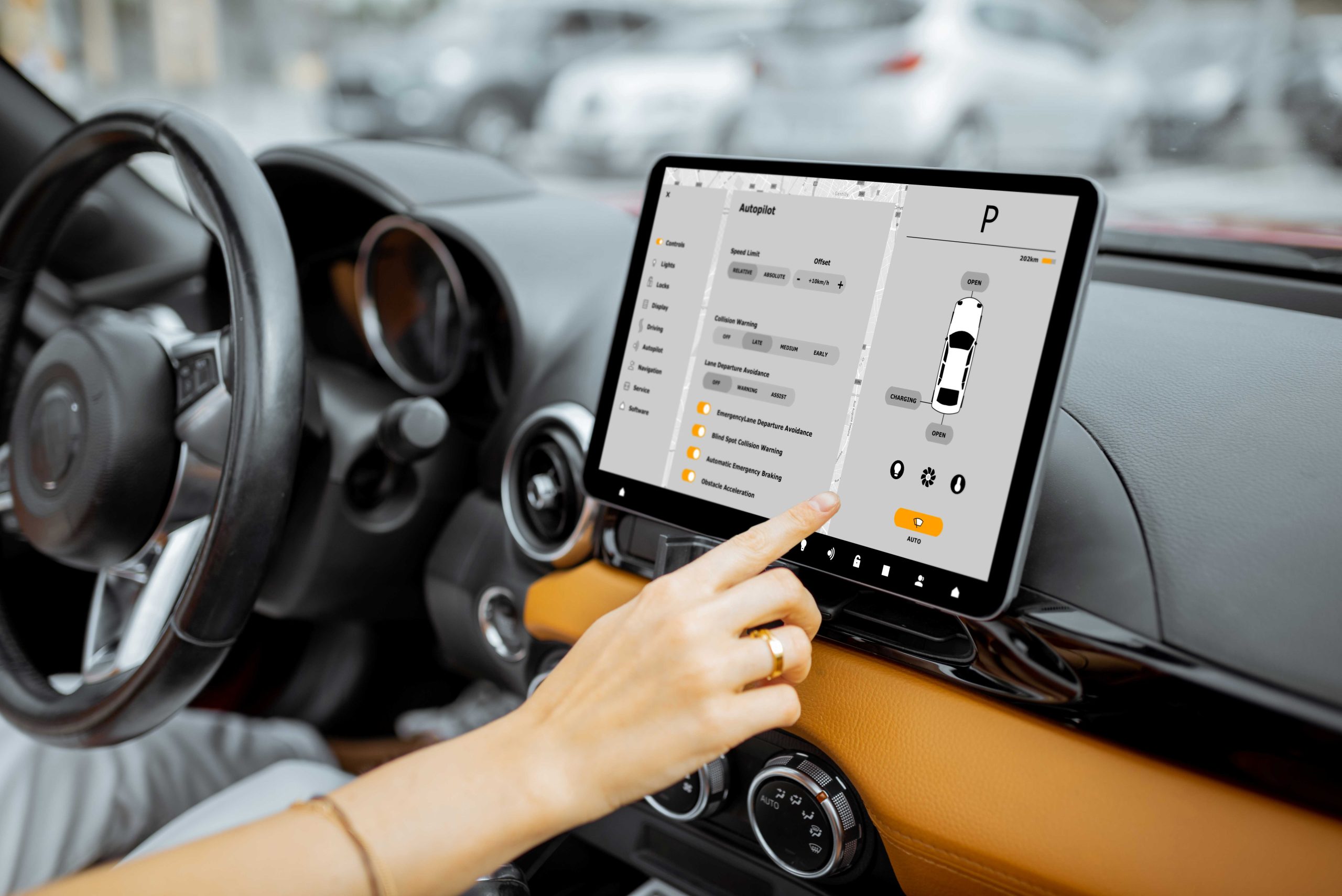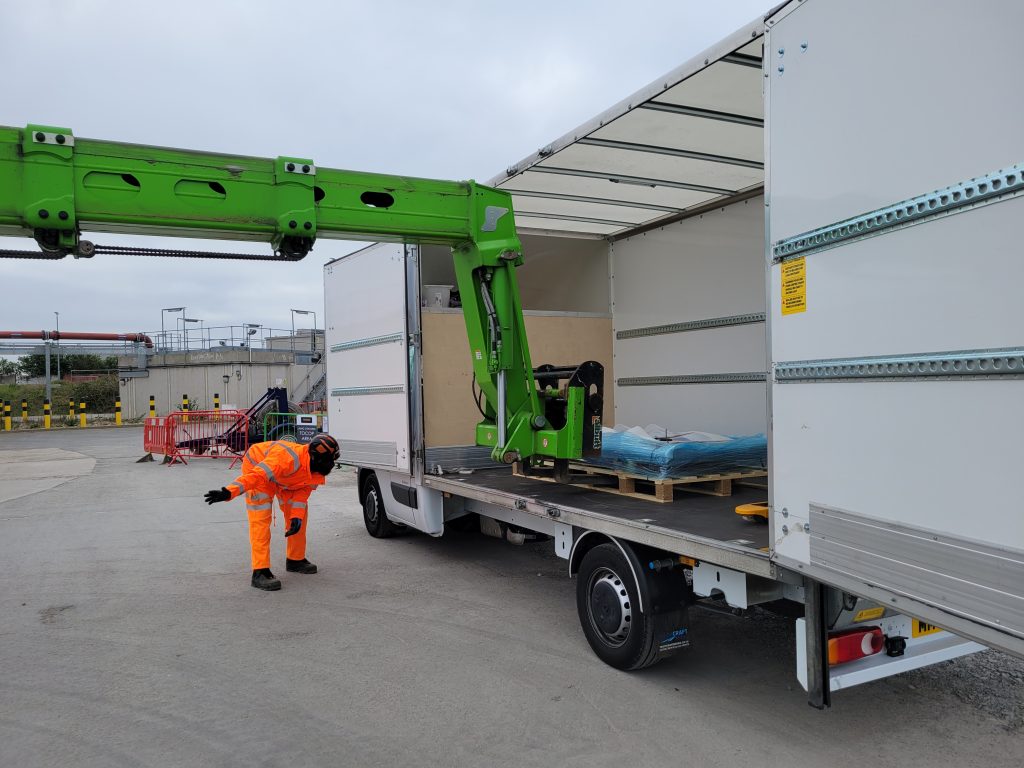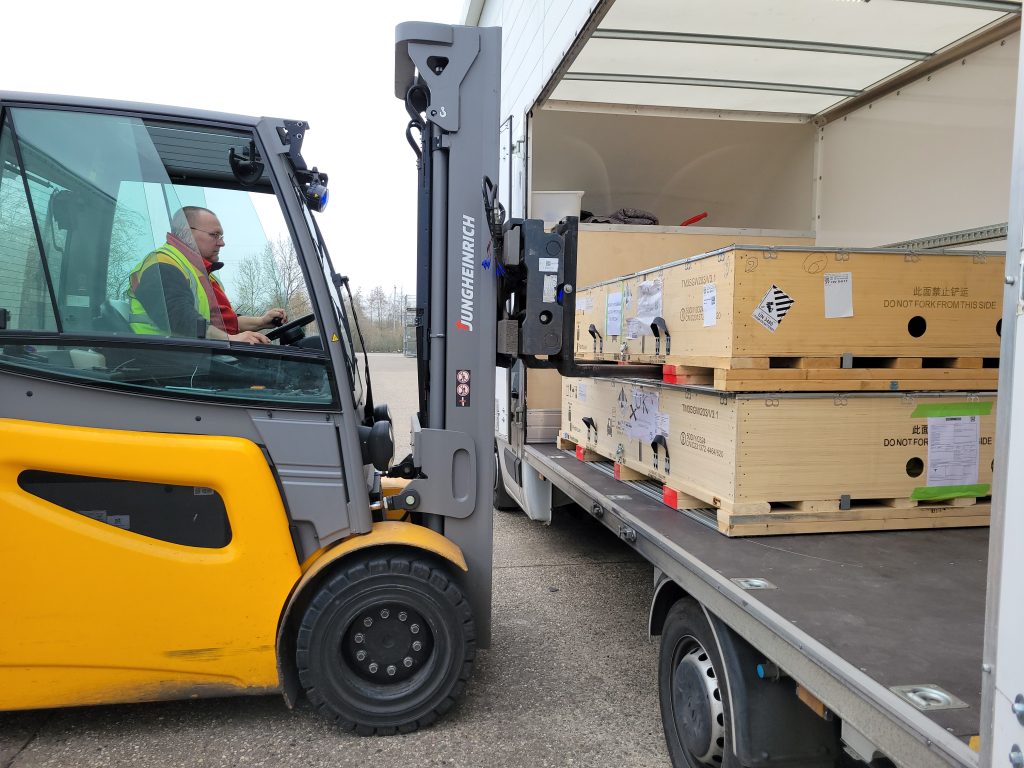Studies have shown that up to 54% of drivers disable ADAS as soon as they get into a vehicle.
What is ADAS?
Advanced driver-assistance system are a suite technologies designed to “help” the driver. They range from lane-keeping assist, speed detection, forward collision systems, driver awareness monitoring and so on. Whilst these have been designed and often legally implemented to help reduce road causalities, more often than not they’re proving a distraction and annoyance to many drivers. In some instances causing the collisions they were intended to prevent. So much so that over half the drivers on the road, private and commercial, have admitted to disabling many of the systems as soon as they get into their vehicles.
Why are they an annoyance?
The plethora of systems in modern vehicles can be overwhelming. Frequently chastising the driver with visual and audible warnings unnecessarily. Incorrect speed alerts, driver awareness monitoring triggering when the driver is legitimately glancing away from the windscreen, lane keeping that triggers randomly especially on larger vehicles or phantom braking. All of which quickly become frustrating and distracting. To make matters worse manufactures make disengaging these systems difficult, often needing a user to navigate through menus and sub menus on a touchscreen whilst driving, further adding to the distraction.
Whilst ADAS undoubtable is a good idea and has made the roads safer its implementation needs to be more driver friendly. Some countries mandate that ADAS be on by default whenever the vehicle is started. Leading to the owner having to navigate through complex touch menus to disable the components they don’t want. Many people oppose the “nannying” that is forced onto them by these systems.
The vast majority of drivers are safe and competent. Many feel these systems are useful, but not necessary. Simply adding an easy mechanism to customise which ADAS a driver keeps on or not and retains the option after the car is switched off would make a huge difference. Just having the option is all that most people opposed to ADAS want. Some manufactures are starting to add shortcut buttons to disable certain ADAS functions and annoying alerts without comprising the primary safety features like autonomous braking.
As cars, vans and trucks become ever more complex and “connected” sometimes its good to take a step back and let the driver do what they’ve trained for. Don’t put everything through a touchscreen. Keep buttons and switches. Don’t bombard and distract the driver with alerts and warnings. Let the driver concentrate on the road and the task at hand.







